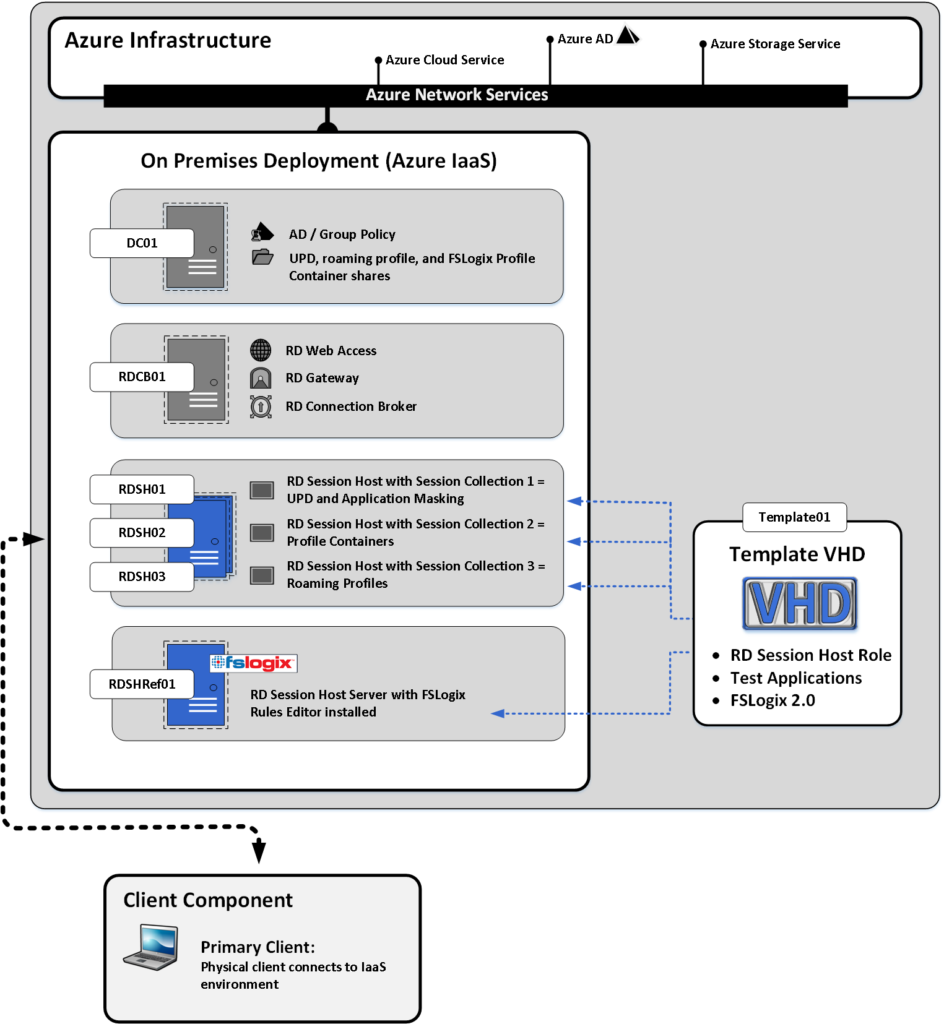Yesterday, the next major update to HTML5 has been made available! The most important changes in this release are:
1. Support for Dynamic resolution
The session is no longer fixed to a specific remote resolution, the session now automatically adjusts resolution if you change your browser size
Here is the Azure RemoteApp HTML5 client at full Windows Size

Here is de browser resize in action, this takes about ~2 seconds
And here is the end result:

2. Audio redirection is now supported!
It's hard to demonstrate this in a blog post, but I can assure you it's working :) The audio service in your Azure RemoteApp RDSH must obviously be running for this to work

3. Mouse cursor updates
This really helps for the overall user experience. Previously, mouse cursus updates were not visible which made it really hard to e.g. resize application windows etc. See the example below. Mouse cursus updates are now coming through.

4. Support for browsers without WebGL support
Previously there were some issues with browsers without WebGL support which caused crashes of the browser and session disconnected errors. This has been resolved.
5. Support for cloud only deployments
In the first release of the HTML5 client, only Hybrid Collections (domain joined collections) were supported. With the lastest release Cloud Deployments (non-domain joined collections) are also supported!
This latest HTML5 should be deployed to all Azure regions by now!










